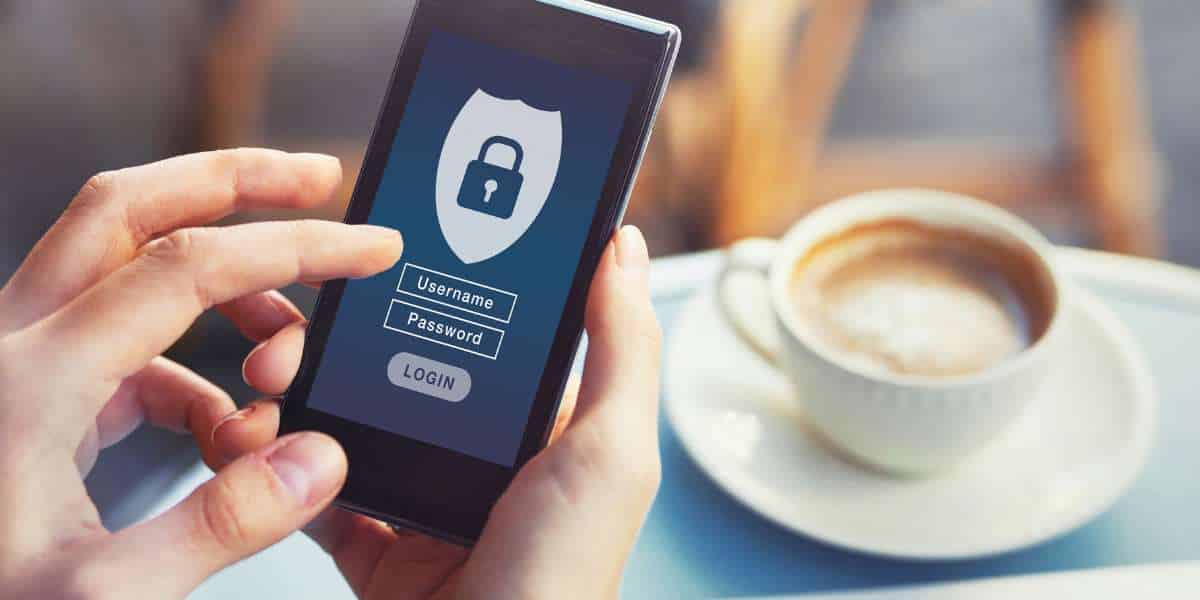
13 Jul Enhancing Your Cybersecurity Phone Habits
Smartphones and mobile devices are a common, widely used form of technology spanning the globe. With incredible advancements and numerous capabilities, smartphones are a normal part of everyday life. But with this normalized usage comes security risks. Smartphones house enormous chunks of personal data, interfacing with apps ranging from social media to banking. Thus, protecting your information and by proxy, the smartphone, with good cybersecurity phone habits is important for optimal personal safety.
Why is phone security important?
Because smartphones contain apps with sensitive personal information, they’re the perfect target for hackers looking to steal credentials. Additionally, smartphones can interact with numerous IoT devices and functions, and unsecured connections are the perfect foundation for cybersecurity attacks. As well, smartphones that interface with business functions and data can, if compromised, put an organization’s security at high risk.
Because phone and mobile security is different than PC security, taking unique precautions is ideal for optimized phone protection.
The Phone Security Essentials
While everyone has unique needs for their phone setup, there are critical, essential tips to always follow regardless of how said phone is used. To rapidly improve your phone security (and habits, by proxy) it’s recommended to follow these steps.
Enable MFA and Biometric Authentication
In most cases, biometric authentication is available as a standard phone tool. This means a user’s fingerprint (or face capture) is utilized for security logins. However, this function is also available for apps, and it’s recommended to enable the option instead of standard passwords.
Additionally, MFA (or multifactor authentication) is a mainstay security tool across all mobile and computer devices. By requiring an additional security step only available to a specific user, it adds an extra layer of protection. In the event of device loss, these simple steps can prevent dangerous actors from gaining immediate access to your private data.
Enable Phone Data Backups
In most cases, smartphones and the associated service will enable an account backup by default on creation, but that’s not always the case. Therefore, ensure you have your phone data backed up by linking it to a trusted account.
With backups, if you transition to a new phone device, all the apps and data carry over. And, in the unfortunate scenario that your device is lost or stolen, you can gain access to said information with an account backup on a new phone.
Consider Trimming Old Apps
It’s easy to lose track of what apps are outdated and old. All apps and software require support from their development teams to provide bug fixes, patches, and most importantly, security updates.
However, when old apps no longer receive updates or reach end-of-life support, it opens up major security risks to your data. Hackers can take advantage of exploits to brute force unpatched app security, granting them access to stored information. Therefore, removing these apps from your phone gives you additional protection.
Another good habit is to trim apps you no longer use. A good rule of thumb is if you haven’t accessed an app for at least a month, and its functions no longer suit you, consider deleting it from your phone.
Ignore Unknown Messages
Phishing is widely utilized by hackers to gain access to important credentials and personal data. For mobile phones, these attacks are called “smishing,” or SMS (text-based) phishing. To protect yourself, practice scrutiny if you receive a message from an unknown source, especially if it requests any form of personal data, like a password. While phone services typically auto-flag spam, hackers use workarounds like impersonation of friends or family.
Unless you trust the sender, adopt the philosophy of “trust until verify.” In most cases, the safest move is to ignore messages from unknown sources.
BYOD Policies
Companies must also practice competent cybersecurity regarding mobile devices. BYOD, or “bring your own device” has advantages. A company does not need to invest in new hardware for its users, and familiarity with its own hardware reduces training time. However, mobile phones connecting to company network resources create the “shadow IT” problem.
Shadow IT is when unknown or unverified apps and software interact with IT systems. This creates severe risk, as said apps/software do not follow policy and can expose company data to unknown actors. Instituting a strong BYOD policy helps prevent the use of unverified apps or software, reducing the risk of potential data loss.
Additional Security Tips
We’ve covered some essentials, but there are a few extra steps you can take if threats to your phone privacy are a serious concern.
For example, users can invest in a VPN service to encrypt their information. Though it’s a paid resource, it’s a handy tool for travelling or when connecting to public wifi networks (where relevant).
It’s also worth considering installing anti-malware software on your smartphone. Free options and services are available with options to purchase plans if necessary.
However, it’s important to get help when you want to improve your IT and cybersecurity. For additional information, you can contact Bytagig today.
Share this post:

Sorry, the comment form is closed at this time.